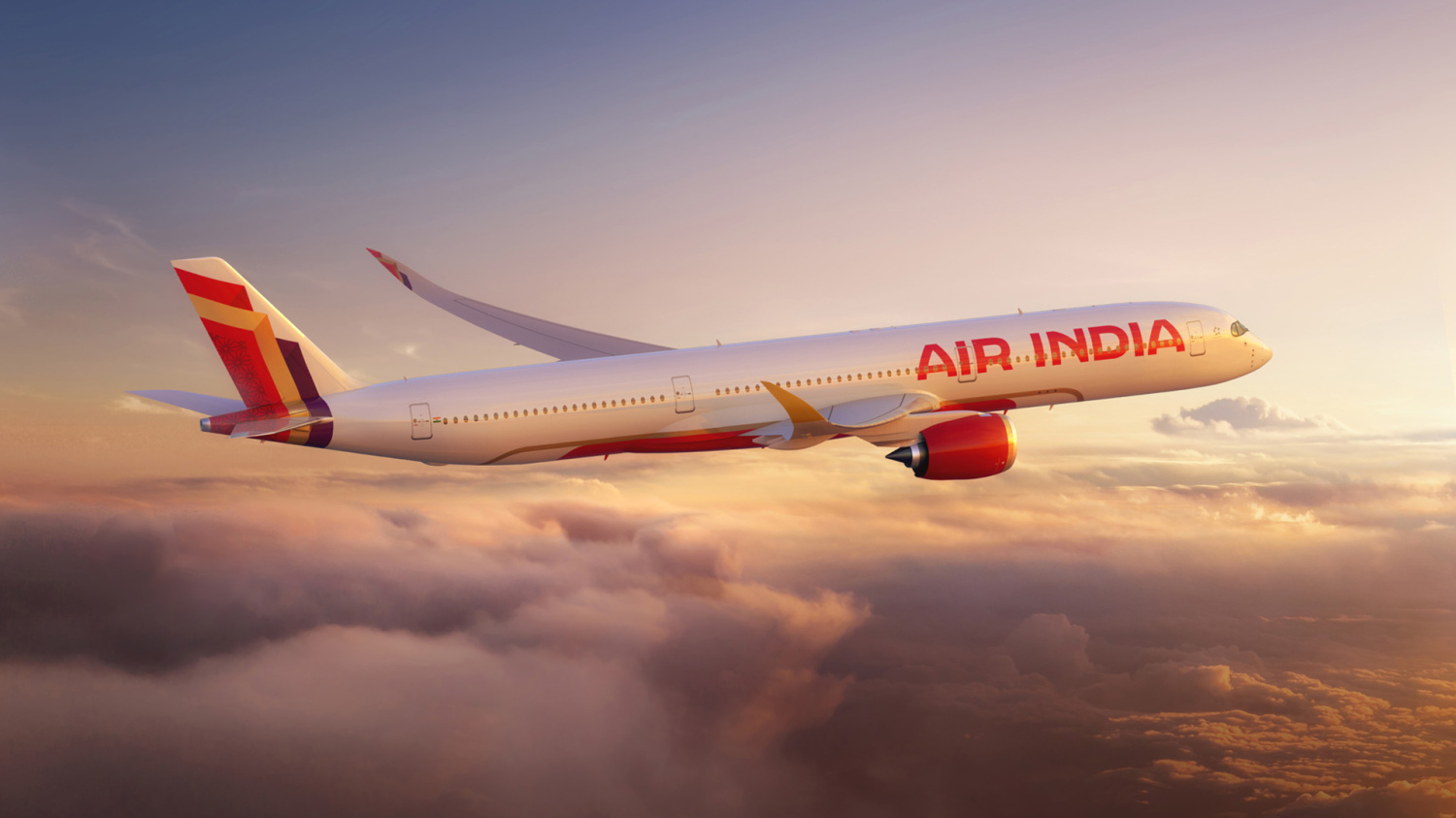
(Photo : Tata Group)
Air India
The Air India Group has announced a significant development in the aviation industry with the completion of the operational integration and legal merger between Air India and Vistara. This move marks a significant milestone in the post-privatisation transformation journey of the Air India Group. The merger has resulted in the creation of a full-service carrier of scale, with the combined entity now operating a fleet of 300 aircraft covering 55 domestic and 48 international destinations.
The group will now operate over 8,300 flights per week on 312 routes, serving more than 100 domestic and international destinations. The merger has also led to a significant increase in the group's staff strength, which now stands at over 30,000. The new full-service entity, Air India, operates over 5,600 weekly flights and connects more than 90 domestic and international destinations with a fleet of 208 aircraft.
The low-cost entity, Air India Express, operates 2,700 weekly flights and connects more than 45 domestic and international destinations with a fleet of 90 aircraft.
Impact of the Merger
The merger has been hailed as a significant milestone in the post-privatisation transformation journey of the Air India Group. According to Air India Managing Director and Chief Executive Officer, Campbell Wilson, the merger completes the consolidation and restructuring phase of the group's transformation journey. He also acknowledged the support received from various regulatory bodies, including the Directorate General of Civil Aviation (DGCA), Ministry of Civil Aviation (MoCA), and Bureau of Civil Aviation Security (BCAS), in making the merger possible.
The merger has also led to changes in the shareholding pattern of the group. Singapore Airlines, which held a 49 per cent share in Vistara, has become a 25.1 per cent shareholder in the resultant Air India group. This development follows the merger of the group's low-cost airlines, Air India Express and AIX Connect (formerly Air Asia India), on October 1.
The merger is part of the ongoing five-year transformation programme, Vihaan.AI, which aims to establish the Air India Group as a world-class global aviation company with an Indian heart. The unified full-service carrier will operate flights as 'Air India' with the airline code 'AI'.
Post-Merger Developments
Post-merger, Vistara aircraft will be operated by Air India, with the Vistara crew and service proposition. The existing members of Vistara's loyalty programme, Club Vistara, have been transferred to Air India's Flying Returns programme, now renamed 'Maharaja Club'.
The merger has been a complex process, involving the harmonisation of operating procedures across the four airlines, alignment of over 140 IT systems, consolidation of more than 4,000 vendor contracts, migration of 270,000 customer bookings, and induction of 4.5 million Club Vistara frequent flyer accounts into Air India's recently redesigned frequent flyer program, Maharaja Club.
The merger has also seen the induction of more than 6,000 staff from Vistara into a new organisational structure. The last flight of Vistara, a joint venture between Tatas and Singapore Airlines, was from Delhi to Singapore. As part of the merger, Singapore Airlines will invest an additional Rs 3,194.5 crore in the enlarged entity. The airline's flights will now have the code starting with the prefix 'AI2'.
The merger is expected to boost the group's operational efficiency and competitiveness in the global aviation market. The Vihaan.AI transformation program continues to make strides, with significant progress in fleet expansion, employee training, and infrastructure development. Over 500 new aircraft are set to be delivered, and a USD 400 million interior retrofit program for existing aircraft is already underway. A new 600,000-square-foot training facility capable of training 2,000 employees per day has opened, and a 12-bay maintenance base will be operational by early 2026.
In conclusion, the merger of Air India and Vistara is a significant development in the history of the Indian aviation industry. It is expected to enhance the group's operational efficiency and competitiveness in the global market, marking a new era in Indian aviation. The merger is a testament to the group's commitment to establishing a world-class global aviation company with an Indian heart.









